With a refreshingly genuine charm, Ash Barty’s journey from the court to the cradle has unfolded. She redirected her competitive spirit toward the unrelenting rhythm of motherhood after quitting professional tennis at the height of her career. After the birth of her first child, Hayden, in July 2023, she immediately found herself at the center of a different kind of journey, one that has been just as thrilling as pursuing Grand Slam victories, if not more so.

Jordan, a baby born in June 2025, is the latest addition to Ash and her husband Garry Kissick’s family. However, her son Hayden was the one who initially brought her into this emotionally charged phase. The couple shared a picture of Hayden wearing a shirt that said, “I’m going to be a BIG BROTHER,” as part of a joint holiday announcement to tease Jordan’s impending arrival. The joy of anticipation, the purity of childhood, and the subtle magic of family development were all captured in this moment, which is incredibly relatable.
Ash Barty – Personal and Family Profile
| Detail | Information |
|---|---|
| Full Name | Ashleigh Barty |
| Date of Birth | April 24, 1996 |
| Age | 29 |
| Birthplace | Ipswich, Queensland, Australia |
| Marital Status | Married to Garry Kissick |
| Children | Hayden (born July 3, 2023), Jordan (born June 16, 2025) |
| Former Occupation | Professional Tennis Player |
| Major Career Achievements | 3 Grand Slam Singles Titles, Former World No. 1 |
| Post-retirement Role | National Indigenous Tennis Ambassador, Foundation Founder |
| Public Foundation | Ash Barty Foundation |
| Verified Source |
Ash has had a particularly significant influence by openly discussing this development, both as a retired champion and as a mother juggling the everyday pleasures and unforeseen challenges of parenting young children. She has called the experience “absolute carnage,” which is eerily similar to the feelings of innumerable new parents who have to deal with toys on the ground and schedules that have been completely upended.
Her candor is admirable. Ash acknowledged that she and Garry had “no idea what we’re doing,” admitting to being both happy and afraid in an interview with The Herald Sun. Her openness and obvious happiness create the impression that she is still a leader, even though the arena is now her living room rather than Wimbledon. She has reached a wider audience by embracing this unvarnished reality, including young couples, parents, and women who are redefining success outside of the conventional job.
Fans and the media have already been won over by Hayden. He represents a new generation of athletic heritage and is frequently spotted with his mother at events such as the Brisbane International and the Billie Jean King Cup. He is growing up in a setting where empathy, perseverance, and discipline are exemplified by real-life examples. And instead of protecting him from her athletic heritage, Ash has embraced it. This understated decision provides an especially creative model for striking a balance between private love and public life.
Ash hasn’t completely vanished from tennis. She maintains a high profile through partnerships, guest commentary, and doubles appearances, such as the Wimbledon match with Casey Dellacqua. Her dedication to youth and cultural outreach is furthered by her role as Tennis Australia’s National Indigenous Tennis Ambassador, which is especially significant. Additionally, she established the Ash Barty Foundation, which aims to connect sport and education for kids throughout Australia. These continuous initiatives serve a larger goal and are especially helpful to young Australians looking for role models and mentors.
In an emotional Sunrise segment, Ash referred to motherhood as “better than anything else I’ve ever done.” Her reflections were realistic and nuanced rather than idealized. She spoke of the unadulterated delight in Hayden’s awake smile and the indescribable sense of necessity. These brief but impactful moments highlight how drastically her identity has changed, moving from maternal attachment to athletic recognition.
Ash’s observations are influenced by both her personal experience and watching her sisters raise their kids. Because of her background, she said, she was “sensitive to how hard but also how rewarding it is.” But in an interview with Body and Soul, she explained that it’s “a completely different ball game when it’s your own child.” There was a certain poetic accuracy to that analogy, which was an athlete’s metaphor for parenting. She explains that the learning curve is unrelenting, round-the-clock, and so incredibly rewarding that it is impossible to compare.
According to this perspective, Hayden is more than just her son; he is a component of a broader way of living that places equal importance on emotional development and accomplishment. Amazingly, that way of thinking is gaining traction. Barty has emerged as a lighthouse during a period when many athletes struggle with retirement or look for new meaning. She has demonstrated how lullabies, toddler milestones, and bedtime stories can foster happiness, purpose, and leadership without the need for stadium lights.
The public’s reaction has been very positive. Fans have welcomed her new role instead of complaining about her early retirement from tennis. It’s a subtly revolutionary cultural change that enables women to leave the professional stage and return on their own terms. That momentum has been aided by Ash’s story, which has helped reframe ideas about what it means to “retire” while still creating something incredibly meaningful.
Ash’s updates seem remarkably effective in the context of contemporary celebrity, where personal news is frequently overexposed or monetized. They are succinct, sincere, and never profit-driven. Jordan’s arrival was quietly and sweetly announced over Christmas. A genuine family moment that was far more emotionally significant than any trophy was all that was present—no glossy magazine spread.
